Home>Interior Design>Sashya Thind Reveals Her Secrets For Creating Warm Minimalism
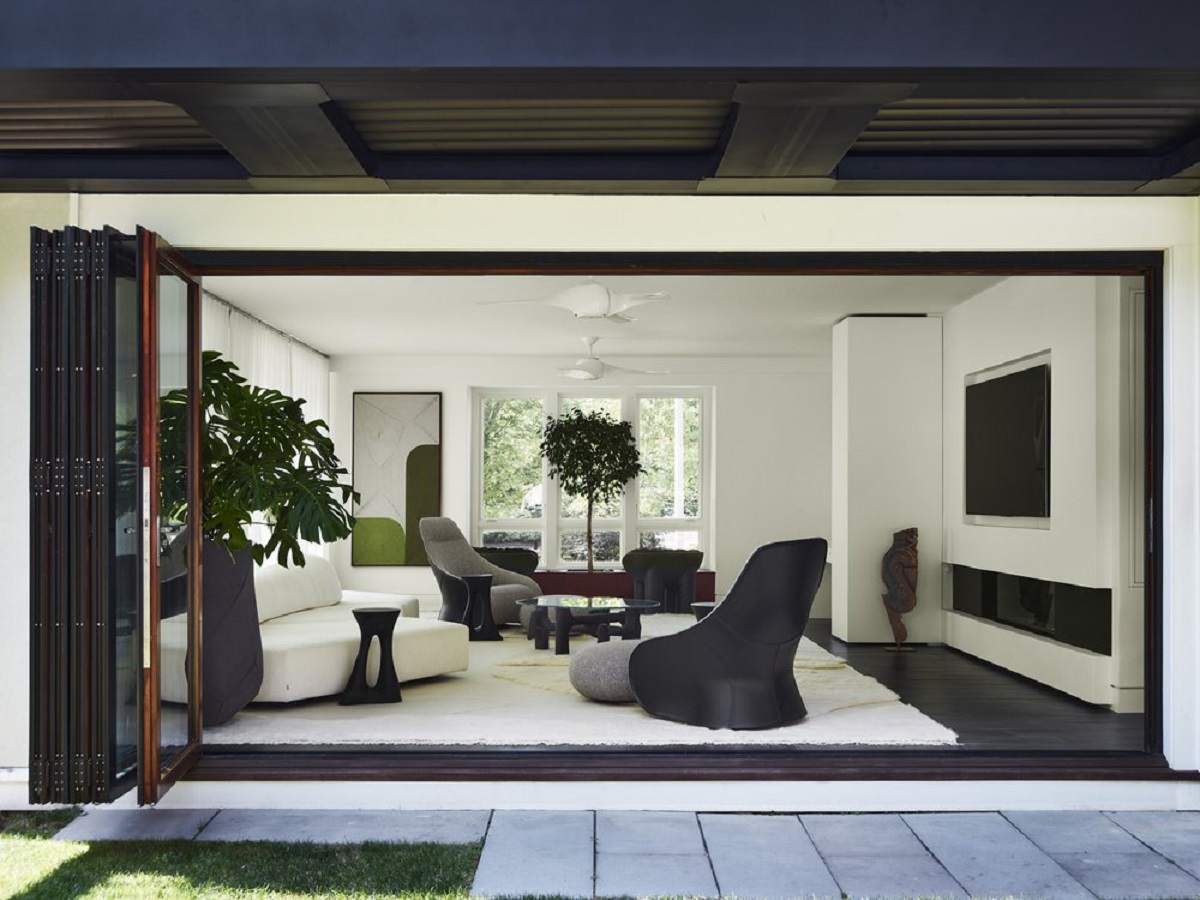

Interior Design
Sashya Thind Reveals Her Secrets For Creating Warm Minimalism
Modified: October 20, 2024
Discover the secrets of warm minimalism in interior design as Sashya Thind shares her expert tips for creating a cozy and stylish space.
(Many of the links in this article redirect to a specific reviewed product. Your purchase of these products through affiliate links helps to generate commission for Storables.com, at no extra cost. Learn more)
Introduction
Welcome to the world of interior design, where creativity and functionality merge to create spaces that are not only visually pleasing but also practical. One design trend that has gained considerable popularity in recent years is warm minimalism.
Warm minimalism is a design approach that focuses on simplicity, clean lines, and functionality while incorporating warm and inviting elements. It strikes the perfect balance between a clutter-free aesthetic and a cozy atmosphere, creating a harmonious and welcoming space.
In this article, we will delve into the secrets of creating warm minimalism in interior design. From color palettes to materials, lighting to texture, and organization to nature, we will explore various aspects that contribute to the overall warmth and serenity of a minimalist space.
So, let’s embark on a journey of design and discover how to bring warmth and minimalism together in perfect harmony.
Key Takeaways:
- Embrace warm minimalism by incorporating earthy tones, natural materials, and strategic lighting to create a cozy and inviting space that promotes tranquility and relaxation.
- Create serene and inviting spaces by integrating nature, decluttering, and finding the balance between functionality and aesthetics within the warm minimalism design approach.
Embracing Warm Minimalism in Interior Design
Warm minimalism is all about creating a space that exudes simplicity, elegance, and a sense of calm. It embraces the idea of “less is more” while infusing warmth through careful selection of colors, materials, and lighting.
When designing a warm minimalist space, it’s important to start with a clear vision of what you want to achieve. Consider the functionality of the space and how it will be used. Think about the atmosphere you want to create: a cozy living room, a serene bedroom, or a tranquil home office.
One of the key elements of warm minimalism is the color palette. Opt for warm, earthy tones such as beiges, browns, and soft neutrals. These colors create a soothing and inviting ambiance, making the space feel cozy and comfortable. Avoid using overly bright or bold colors, as they can disrupt the minimalist aesthetic and overpower the warmth.
In addition to the color palette, the choice of materials plays a crucial role in achieving warm minimalism. Incorporate natural elements such as wood, stone, or concrete to add texture and warmth to the space. Use materials with clean lines and a sleek finish to maintain the minimalist aesthetic.
Lighting is another important aspect of creating warmth in a minimalistic space. Let in as much natural light as possible, as it not only enhances the overall ambiance but also creates a sense of openness and spaciousness. Utilize soft, diffused lighting fixtures to create a warm and cozy atmosphere in the evenings. Consider incorporating floor and table lamps with warm-toned bulbs that emit a soft glow.
When it comes to furniture and decor, keep it simple and functional. Select pieces that are essential and serve a purpose while aligning with the minimalist aesthetic. Avoid cluttering the space with unnecessary items that can disrupt the minimalist flow.
By embracing warm minimalism in your interior design, you can create a space that is not only aesthetically pleasing but also promotes a sense of tranquility and relaxation. So, take a step back, simplify, and let the warmth of minimalism transform your space into a haven of comfort and style.
The Importance of Color Palette
When it comes to interior design, the color palette sets the tone and establishes the overall mood of a space. In warm minimalism, the choice of colors plays a crucial role in creating a cozy and inviting atmosphere.
Warm minimalism embraces earthy, muted, and soothing tones that evoke a sense of warmth and tranquility. Beiges, creams, soft grays, and warm neutrals form the foundation of a warm minimalist color palette. These colors create a serene backdrop that allows other elements in the space to shine.
By using a warm color palette, you can add depth and dimension to your minimalist space. These colors have a grounding effect, making the room feel more inviting and comfortable. They create a sense of harmony and balance, which are essential principles of warm minimalism.
Another aspect to consider when choosing a color palette for warm minimalism is to incorporate natural elements. Warm wood tones, such as walnut or oak, can add a touch of warmth and texture to the space. Earthy greens, soft blues, and muted oranges can be used sparingly as accent colors to bring in a subtle pop of color.
It’s important to remember that warm minimalism is about simplicity and restraint. Limit the number of colors used in the space to avoid overwhelming the minimalist aesthetic. Stick to a cohesive color scheme to maintain a sense of unity and balance.
When selecting colors for furniture, opt for neutral tones that complement the overall color palette. Beiges, creams, and soft grays are versatile choices that can seamlessly blend with other elements in the room. This ensures that the furniture doesn’t become the focal point but rather contributes to the overall warmth and harmony of the space.
Ultimately, the color palette sets the foundation for a warm minimalist space. It creates a visual and emotional experience, establishing a sense of calm and comfort. By carefully selecting colors that evoke warmth and tranquility, you can transform your space into a sanctuary of minimalist bliss.
Choosing the Right Materials for a Warm Minimalist Space
Materials play a significant role in warm minimalism by adding texture, depth, and warmth to the space. When selecting materials for a warm minimalist interior, it’s important to prioritize simplicity and natural elements.
Wood is a key material in warm minimalism as it brings warmth and a sense of nature to the space. Opt for natural wood finishes in furniture, flooring, and accents. Lighter wood tones like oak or maple can create an airy and modern feel, while darker wood tones like walnut or mahogany add richness and depth.
Stone and concrete are also popular materials in warm minimalism. They add a sense of solidity and raw beauty to the space. Use stone or concrete as flooring or incorporate them in accents like countertops or statement walls. Their natural textures and neutral tones add visual interest to the minimalist aesthetic.
Textiles are another important consideration when it comes to materials in a warm minimalist space. Choose fabrics that are soft, cozy, and comfortable. Natural fibers such as linen, cotton, and wool work well in creating a warm atmosphere. Incorporate these textiles in furniture upholstery, throw pillows, blankets, and curtains to add warmth and texture to the space.
Metal accents can also be incorporated into a warm minimalist space to add a touch of sophistication and shine. Choose metals like brass or copper for accessories, fixtures, or hardware. The contrast between the warm metals and the neutral tones of the space can create a visually pleasing and balanced look.
When selecting materials, be mindful of the quality and durability. In warm minimalism, it’s essential to choose materials that are not only visually appealing but also sustainable and long-lasting. Opt for materials that are timeless and can withstand the test of time, maintaining their beauty and functionality for years to come.
By carefully considering the materials used in a warm minimalist space, you can create a cohesive and inviting atmosphere. The right materials can enhance the simplicity and warmth of the design while adding visual interest and texture to the space. So, choose wisely and let the materials bring your warm minimalist vision to life.
The Power of Lighting in Creating Warmth
When it comes to interior design, lighting plays a significant role in creating the desired ambiance and setting the mood of a space. In warm minimalism, lighting is key in adding warmth and creating a cozy atmosphere.
Natural light is the foundation of any warm minimalist space. Maximizing the use of natural light not only creates a sense of openness and airiness but also brings in warmth and vitality. Avoid heavy curtains or blinds that obstruct natural light from entering the space. Instead, opt for sheer curtains or light-filtering blinds that allow natural light to flood the room.
When natural light is limited, artificial lighting becomes crucial in warm minimalism. Utilize a combination of ambient, task, and accent lighting to create different layers of illumination. Ambient lighting, such as overhead fixtures or recessed lights, provides overall illumination to the space. Opt for warm-toned bulbs to create a soft and inviting glow.
Task lighting illuminates specific areas or tasks, such as desk lamps for reading or kitchen under-cabinet lighting for food preparation. Choose task lights with adjustable features so that you can personalize the lighting level according to your needs. This ensures that the space remains functional without sacrificing the warm ambiance.
Accent lighting is used to highlight specific elements or create visual interest. It can be achieved through spotlights, wall sconces, or even string lights. Accent lights can be used to showcase artwork, architectural details, or any focal point in the room. The warm glow of accent lighting adds depth and adds to the overall warmth of the space.
Dimmer switches are a valuable addition to warm minimalist lighting design. They allow you to adjust the intensity of the light according to your mood and create a cozy and intimate atmosphere. With dimmable lights, you can easily transition from a bright and energetic space to a warm and relaxing environment.
Lastly, consider the placement of lighting fixtures strategically. Use lighting to highlight specific areas or create focal points in the room. This can be achieved by directing light towards architectural features, artwork, or key pieces of furniture. By selectively illuminating certain elements, you can create visual interest and a cozy ambiance.
The power of lighting in creating warmth should not be underestimated. A well-designed lighting scheme can transform a minimalistic space into a warm and inviting haven. So, embrace the power of lighting and let it guide you in creating a warm minimalist atmosphere that exudes serenity and comfort.
Incorporating Texture and Layering
In warm minimalism, texture and layering play a vital role in adding depth, visual interest, and warmth to a space. By incorporating different textures and layering elements, you can create a cozy and inviting atmosphere while maintaining the simplicity and clean lines of minimalistic design.
Start by choosing furniture and decor items with varied textures. Mix materials such as wood, metal, glass, and fabric to create a tactile experience. Consider incorporating a plush rug, textured cushions, or a chunky knit throw blanket to add softness and warmth. These textures will not only enhance the comfort of the space but also create visual interest.
Layering is another effective technique for adding warmth and a sense of coziness in a minimalist space. Layer different fabrics, such as curtains, sheer drapes, and blinds, to add depth to window treatments. This allows for versatility in controlling light and privacy while adding visual interest to the room.
When it comes to furniture, layering can be achieved by using different materials and textures. Mix and match upholstered pieces with wood or metal accents. Incorporate throw pillows and blankets with different patterns, textures, and colors for a layered look on sofas or beds. This adds visual depth and dimension to the space, making it more inviting and comfortable.
Textured wall coverings or statement wallpapers can also be used to add depth and interest to a warm minimalist space. Consider a textured paint finish, a grasscloth wallpaper, or a stone veneer accent wall. These textured elements create focal points and add warmth and personality to the room.
Artwork and accessories also provide an opportunity for incorporating texture in a warm minimalist space. Choose artwork with different textures, such as a textured painting or a woven wall hanging. Decorative objects like ceramic vases, woven baskets, or hammered metal accents add visual interest and tactile appeal.
Strive for balance when incorporating texture and layering in a warm minimalist space. Avoid overcrowding or cluttering the room with too many textures and layers. Remember that simplicity is key in minimalism, so choose textures and layering elements carefully, ensuring they enhance the overall aesthetic rather than overpower it.
By incorporating texture and layering in a warm minimalist space, you can create a visually engaging and cozy environment. The blend of different textures adds depth and warmth, transforming a minimalist space into a welcoming and comfortable retreat.
When creating a warm minimalistic space, focus on using a neutral color palette with warm undertones, incorporate natural textures like wood and linen, and keep the decor simple and uncluttered for a cozy yet modern feel.
Decluttering and Organization Techniques for a Minimalist Home
Decluttering and organization are essential aspects of warm minimalism. By removing unnecessary items and creating a sense of order, you can cultivate a clean and serene environment that promotes peace and tranquility. Here are some techniques to help you declutter and organize your minimalist home.
Start with a thorough decluttering process. Assess each room and determine what items are essential and what can be let go. Consider the functionality, aesthetics, and emotional value of each item when making decisions. Donate or sell items that are no longer needed, and discard items that are no longer in good condition.
Employ the “one in, one out” rule. For every new item that enters your home, let go of an existing item. This helps maintain a balance and prevent unnecessary accumulation. Resist the temptation to hold onto items “just in case” and only keep those that truly serve a purpose.
Utilize storage solutions to keep belongings organized and out of sight. Opt for sleek and minimalist storage options that blend seamlessly with the overall aesthetic. Use baskets, boxes, and bins to corral items and maintain a clutter-free appearance. Consider hidden storage solutions like built-in cabinets or under-bed storage to maximize space and maintain a clean visual environment.
Create designated spaces for specific items. Assign a place for everything to ensure that items are easily accessible and can be put away with ease. This not only promotes organization but also saves time and reduces stress in finding misplaced items. Use labels or clear containers to further enhance organization and streamline the process.
Adopt minimalistic habits to maintain an organized home. Regularly clean and declutter surfaces, including countertops, tables, and shelves. Avoid accumulating unnecessary paperwork and physical clutter. Sort and handle mail and documents promptly, shredding or recycling unnecessary items.
Digitize where possible to reduce physical clutter. Scan and store important documents digitally to minimize paper accumulation. Transfer music, movies, and books to digital formats, reducing the need for physical storage. Embrace electronic communication and file management systems to reduce reliance on paper and physical clutter.
Regularly review and reassess your belongings. As time goes on, our needs and tastes evolve. Conduct periodic audits of your possessions and make adjustments accordingly. Let go of items that no longer align with your lifestyle or aesthetic preferences.
Finally, embrace a minimalist mindset and shift your perspective on consumption. Focus on quality over quantity, investing in well-made and long-lasting items that bring joy and utility. Practice mindfulness when making purchasing decisions, considering the impact of each item on your space and overall well-being.
By implementing these decluttering and organization techniques, you can create a serene and minimalist home that is free from unnecessary clutter and promotes a sense of calm. Decluttering and organizing your space will not only enhance the overall aesthetic but also improve your daily life and well-being.
Finding the Balance Between Functionality and Aesthetics
In warm minimalism, finding the delicate balance between functionality and aesthetics is crucial. The goal is to create a space that is not only visually appealing but also practical and efficient in meeting your daily needs. Here are some key considerations to help you strike that balance.
Start by assessing the functionality of each room and identifying its primary purpose. Consider how you use the space and what activities take place there. This will guide your decision-making process in terms of furniture selection, layout, and storage solutions.
Choose furniture that serves both a functional and aesthetic purpose. Look for pieces that are versatile, comfortable, and durable. Consider the size and scale of furniture in relation to the room and ensure that it doesn’t impede the flow of movement. Opt for clean lines and minimalist designs that contribute to the overall aesthetic while offering practicality.
Storage is key in maintaining a balance between functionality and aesthetics. Incorporate clever storage solutions that keep clutter out of sight and maintain a clean visual environment. Consider hidden storage options, such as built-in cabinets or floating shelves, to maximize space without compromising the minimalist aesthetic.
Invest in multipurpose furniture that serves dual functions. For example, a sofa bed can provide seating during the day and transform into a bed for guests at night. Ottomans with hidden storage compartments offer additional seating as well as a place to stow away items. Look for opportunities to maximize functionality without sacrificing aesthetics.
Pay attention to the layout and flow of the space to ensure optimal functionality. Arrange furniture in a way that promotes easy movement and accessibility. Consider the placement of electrical outlets, lighting fixtures, and other key elements to enhance convenience and usability.
In terms of aesthetics, strive for a minimalist and cohesive design. Use a restrained color palette, clean lines, and minimal ornamentation to create a visually pleasing and harmonious space. Opt for quality materials and finishes that contribute to the overall aesthetic and stand the test of time.
When it comes to decor, select items that enhance the ambiance without overwhelming the space. Choose a few statement pieces or artwork that add visual interest and reflect your personal style. Use decorative objects sparingly, allowing for negative space to maintain a minimalist feel.
Regularly evaluate the functionality of your space and make adjustments as needed. Your needs and priorities may change over time, and the space should adapt accordingly. Stay open to the possibility of rearranging furniture or reorganizing storage to optimize functionality and maintain a visually pleasing environment.
Finding the balance between functionality and aesthetics is an ongoing process in warm minimalism. It requires thoughtful consideration and a willingness to adapt as your needs and preferences evolve. By carefully selecting furniture, incorporating smart storage solutions, and maintaining a minimalist aesthetic, you can create a space that is functional, visually appealing, and tailored to your lifestyle.
Creating Cozy Nooks and Relaxing Spaces
In warm minimalism, creating cozy nooks and relaxing spaces is essential for cultivating a sense of comfort and tranquility in your home. These dedicated areas provide a retreat from the busyness of daily life and offer a space to unwind and recharge. Here are some tips to help you create cozy nooks and relaxing spaces:
1. Find the Perfect Spot: Look for an underutilized corner or alcove in your home that can be transformed into a cozy nook. It could be by a window with a view, near a fireplace, or in a quiet corner of a room. Select a location where you can easily dedicate the space for relaxation.
2. Comfort is Key: Choose comfortable seating options for your cozy nook. Consider a plush armchair or a cozy loveseat with soft cushions and a warm throw blanket. Add extra comfort with pillows and footrests, making the space inviting and conducive to relaxation.
3. Soft Lighting: The right lighting creates an intimate and cozy atmosphere. Incorporate soft, warm lighting options such as floor or table lamps with dimmable features. Use warm-toned bulbs or add a dimmer switch to adjust the light levels based on your mood and create a calming effect.
4. Texture and Layers: Enhance the coziness of your nook with soft textiles and layers. Add a luxurious rug underfoot to create warmth and visual interest. Incorporate plush cushions, knit blankets, and textured fabrics to create a tactile and inviting space.
5. Nature-Inspired Elements: Bring touches of nature into your cozy nook to create a soothing and rejuvenating atmosphere. Place potted plants or fresh flowers nearby to add a lively and calming element. Natural materials, like wood or stone accents, can also contribute to a tranquil environment.
6. Personal Touches: Infuse your cozy nook with personal touches that reflect your interests and hobbies. Display your favorite books on a nearby shelf or a small side table. Incorporate artwork or photographs that bring joy and evoke positive emotions.
7. Noise Reduction: Minimize external noise that can disrupt relaxation by incorporating noise-cancelling elements. Consider adding curtains or blinds to block out sound and create a serene atmosphere. Use soft materials or acoustic panels to absorb excess noise.
8. Technology-Free Zone: Designate your cozy nook as a technology-free zone to encourage unplugging and prioritizing relaxation. This allows you to disconnect from digital distractions and fully immerse yourself in the cozy environment.
9. Aromatherapy and Scents: Enhance the ambiance of your cozy nook with soothing scents. Use essential oil diffusers or scented candles to fill the space with calming fragrances like lavender, chamomile, or vanilla. The right scent can help create a peaceful and relaxing atmosphere.
10. Clear Boundaries: Establish clear boundaries for your cozy nook to ensure it remains a dedicated space for relaxation. Communicate to family members or roommates that this area is off-limits during certain times or when you need some quiet and alone time.
Remember, the goal of a cozy nook is to create a space where you can unwind, relax, and find solace. Customize it to suit your preferences and enjoy the benefits of having a dedicated area for rest and rejuvenation within the warm minimalism of your home.
The Role of Nature and Greenery in Warm Minimalism
In warm minimalism, nature and greenery play a significant role in creating a sense of harmony, balance, and serenity. By incorporating elements of nature into your space, you can elevate the warm and inviting atmosphere of your minimalist home. Here’s a closer look at the role of nature and greenery in warm minimalism:
1. Biophilic Design: Biophilic design is the integration of nature into the built environment. It recognizes the innate human connection to nature and seeks to incorporate natural elements, patterns, and materials into the design. Warm minimalism embraces this concept, recognizing the impact that nature can have on our well-being.
2. Indoor Plants: One of the most effective ways to bring nature into your warm minimalist space is through indoor plants. Plants not only add a touch of greenery but also purify the air, create a sense of tranquility, and improve overall well-being. Choose low-maintenance plants that thrive indoors, such as pothos, snake plant, or aloe vera.
3. Natural Light: Maximizing natural light is another way to incorporate nature into your space. Unobstructed windows, skylights, and light-filled openings allow the beauty of the outside world to flood in and create a connection with nature. Natural light has a transformative effect, making the space feel more open, airy, and in harmony with the surrounding environment.
4. Views and Connectivity: Incorporate windows in strategic positions to provide views of nature and create a visual connection with the outdoors. The sight of trees, gardens, or a natural landscape can evoke a sense of calm and relaxation. Arrange furniture and seating areas to take advantage of these views, allowing you to enjoy the beauty of nature within the comfort of your home.
5. Natural Materials: Warm minimalism embraces the use of natural materials such as wood, stone, rattan, or bamboo. By incorporating these materials into furniture, flooring, or decorative accents, you bring the essence of nature into your space. This creates a tactile experience and adds warmth and texture to the overall minimalist design.
6. Organic Shapes and Patterns: Embrace organic shapes and patterns inspired by nature in your warm minimalist space. Incorporate curved lines, asymmetrical forms, or patterns reminiscent of leaves or waves. These elements add visual interest and mimic the fluidity and beauty found in the natural world.
7. Water Features: Consider incorporating water features, such as a small indoor fountain or a wall-mounted waterfall, to bring the calming and soothing sound of water into your space. The gentle sound of flowing water can create a serene environment and add an element of tranquility.
8. Natural Colors: Warm minimalism embraces earthy, natural colors inspired by the outdoors. Use shades of green, brown, beige, and soft neutrals to create a warm and serene color palette. These colors help to bring a sense of nature indoors, promoting a feeling of calmness and relaxation.
9. Outdoor Living Spaces: Extend the warmth and minimalism of your interior design to outdoor living spaces. Create a cozy patio or garden area where you can connect with nature directly. Incorporate comfortable seating, ambient lighting, and natural elements to create an outdoor oasis that seamlessly blends with the warm minimalism of your home.
By integrating nature and greenery into your warm minimalist space, you can create a harmonious and serene environment that promotes well-being and a deeper connection with the natural world. Embracing the beauty of nature allows you to reap the benefits of a tranquil and inviting home.
Conclusion
Warm minimalism offers a unique approach to interior design, blending simplicity, functionality, and a sense of warmth to create inviting and tranquil spaces. By incorporating the principles of warm minimalism into your home, you can transform your space into a haven of comfort and style.
The importance of color palette cannot be overstated in warm minimalism. Earthy, muted tones create a soothing backdrop that sets the tone for a cozy and inviting atmosphere. Choose materials carefully, opting for natural elements like wood and stone to add warmth, texture, and visual interest to the space.
Lighting plays a crucial role in creating warmth and ambiance in a warm minimalist space. Maximize natural light, utilize ambient, task, and accent lighting to create different layers of illumination, and consider the placement of lighting fixtures strategically to highlight specific elements.
Incorporating texture and layering adds depth and coziness to a minimalist space. Choose materials with varied textures, layer fabrics and rugs, and add decorative objects to create a tactile and visually appealing environment.
Organize and declutter your space to maintain the minimalist aesthetic and promote a sense of calm. Embrace the balance between functionality and aesthetics, selecting furniture and storage solutions that are both practical and visually pleasing.
Create cozy nooks and relaxing spaces where you can unwind and find solace. Incorporate nature and greenery, bringing the beauty and serenity of the outdoors into your warm minimalist space. Seek balance in all aspects of warm minimalism, from furniture selection to layout, lighting to decoration.
In conclusion, warm minimalism is a design approach that invites you to simplify, declutter, and create a harmonious and cozy environment. By incorporating warm colors, natural materials, and a careful attention to lighting and texture, you can create a space that is both visually appealing and soothing to the senses.
Ultimately, warm minimalism is not just about aesthetics; it’s about creating a sanctuary where you can retreat, rejuvenate, and find peace amidst the busyness of life. So, embrace warm minimalism and let it transform your space into a haven of comfort, style, and serenity.
Frequently Asked Questions about Sashya Thind Reveals Her Secrets For Creating Warm Minimalism
Was this page helpful?
At Storables.com, we guarantee accurate and reliable information. Our content, validated by Expert Board Contributors, is crafted following stringent Editorial Policies. We're committed to providing you with well-researched, expert-backed insights for all your informational needs.
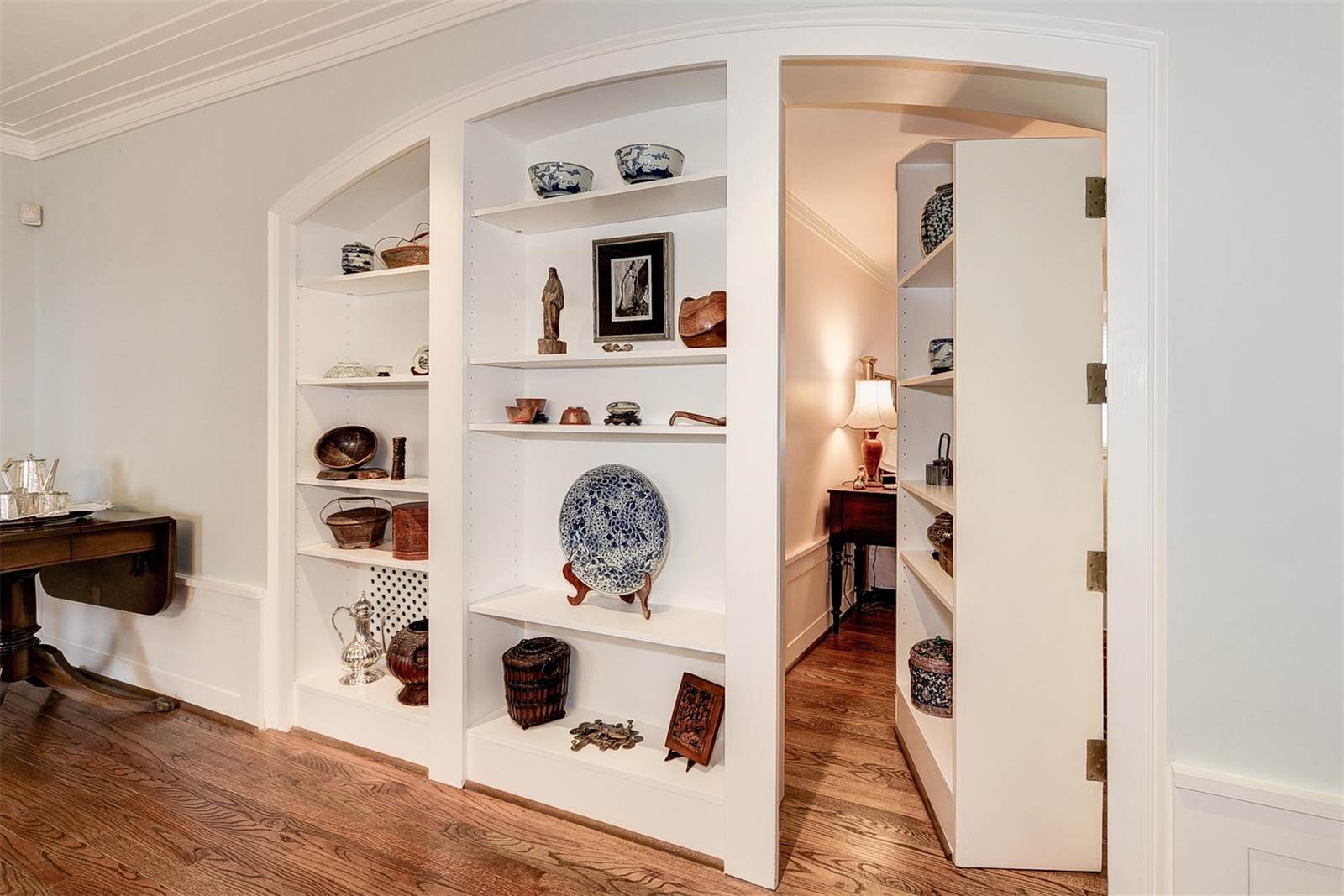


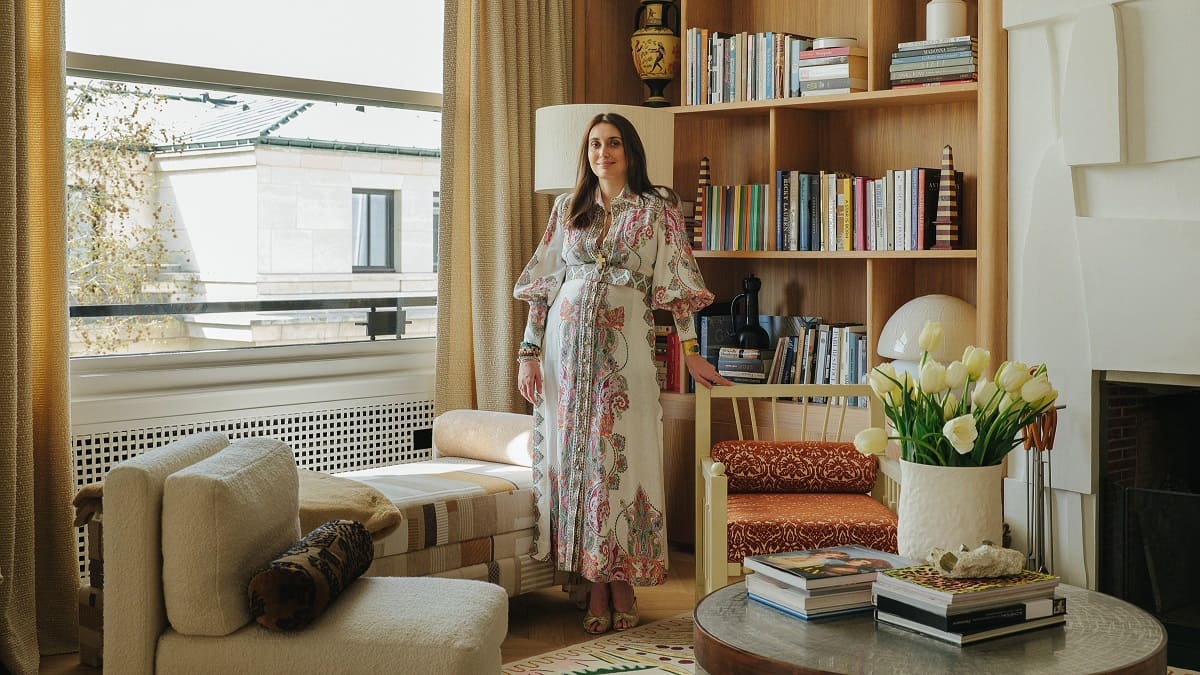
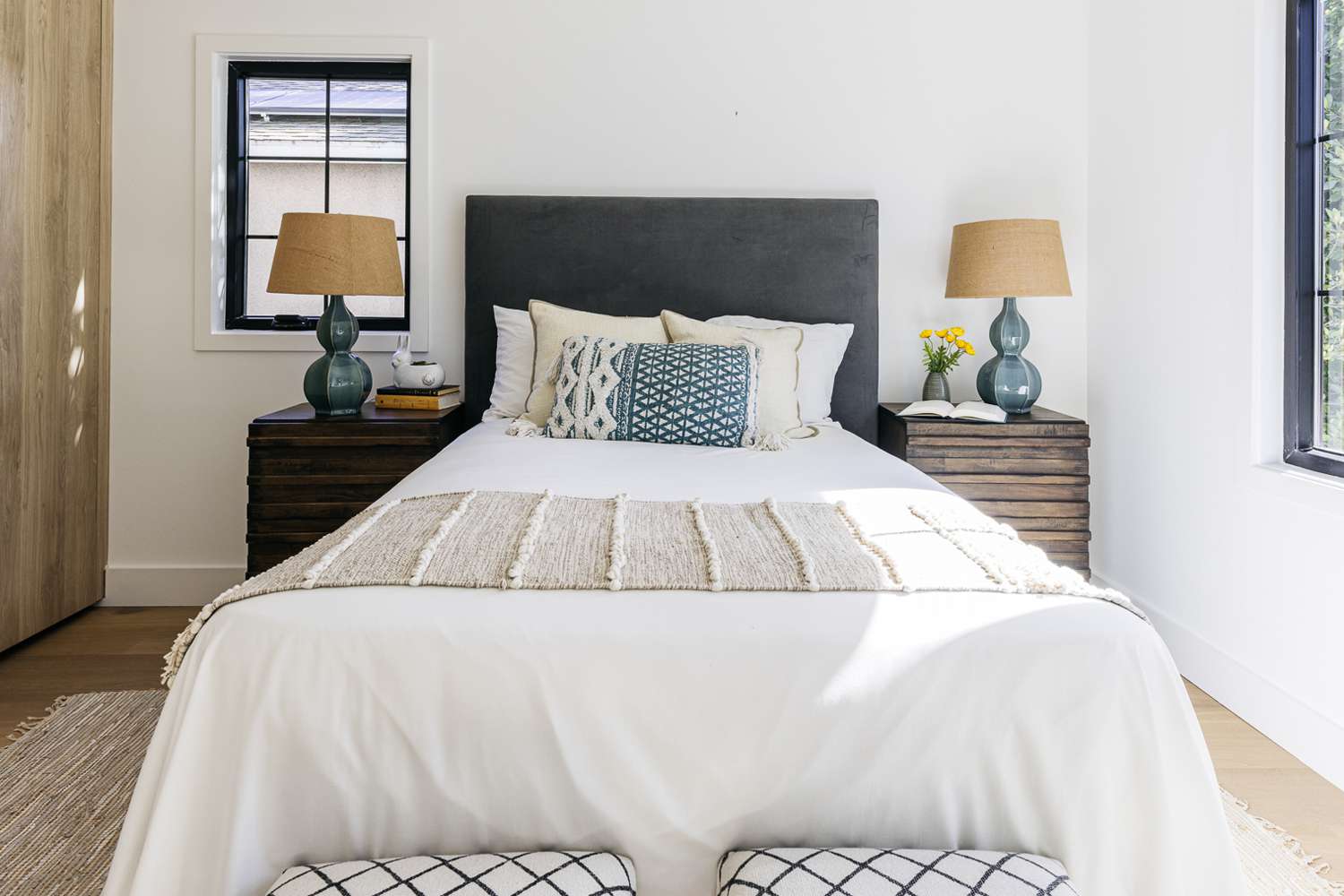

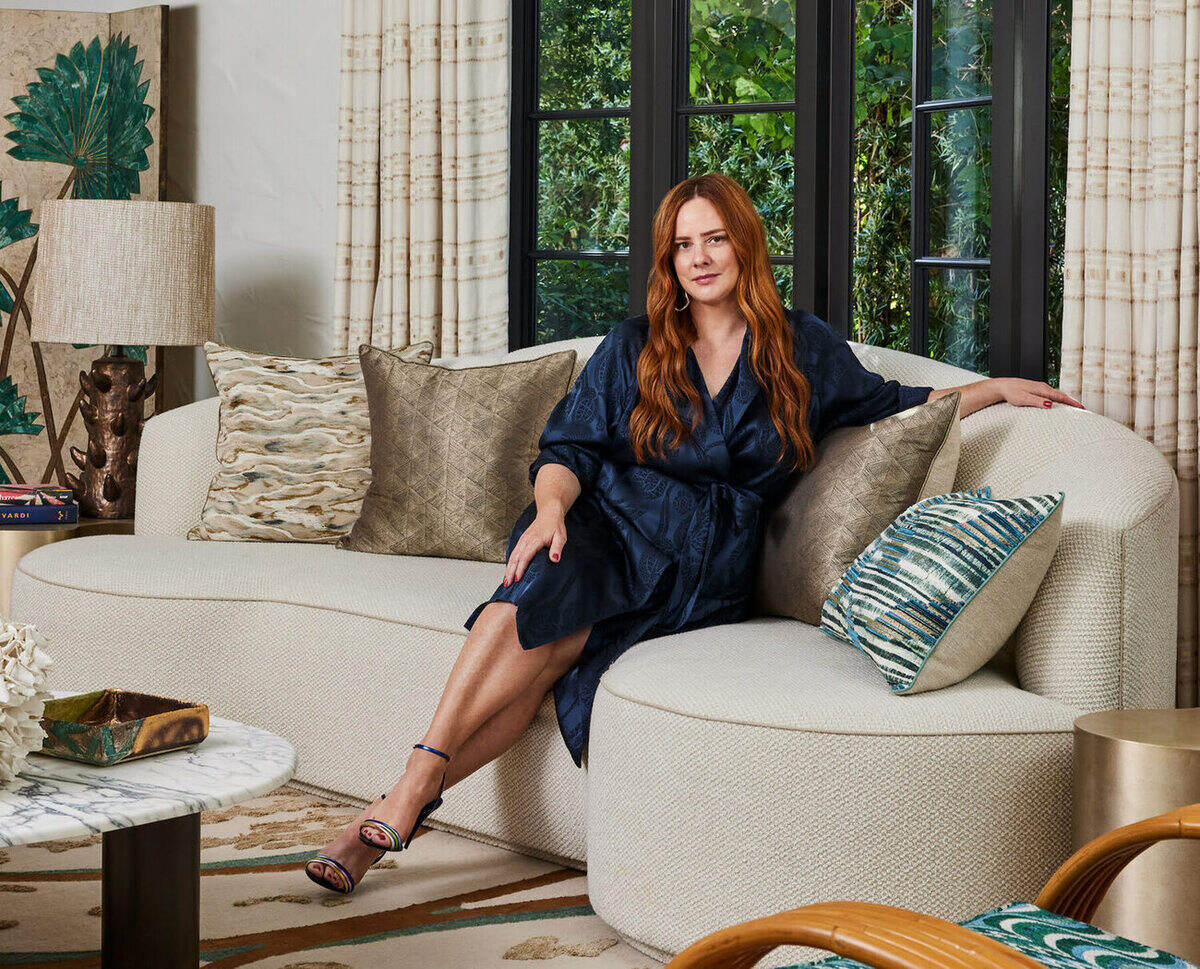

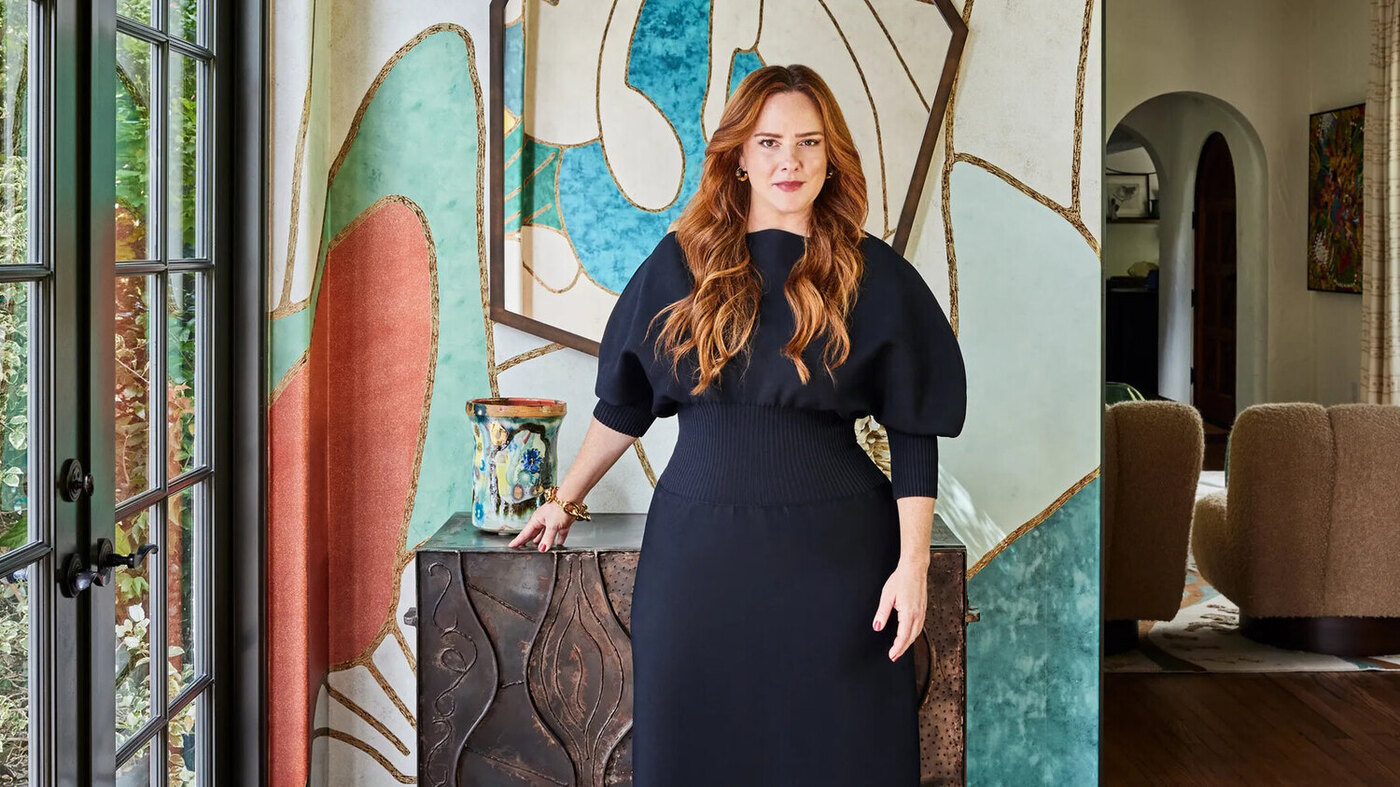
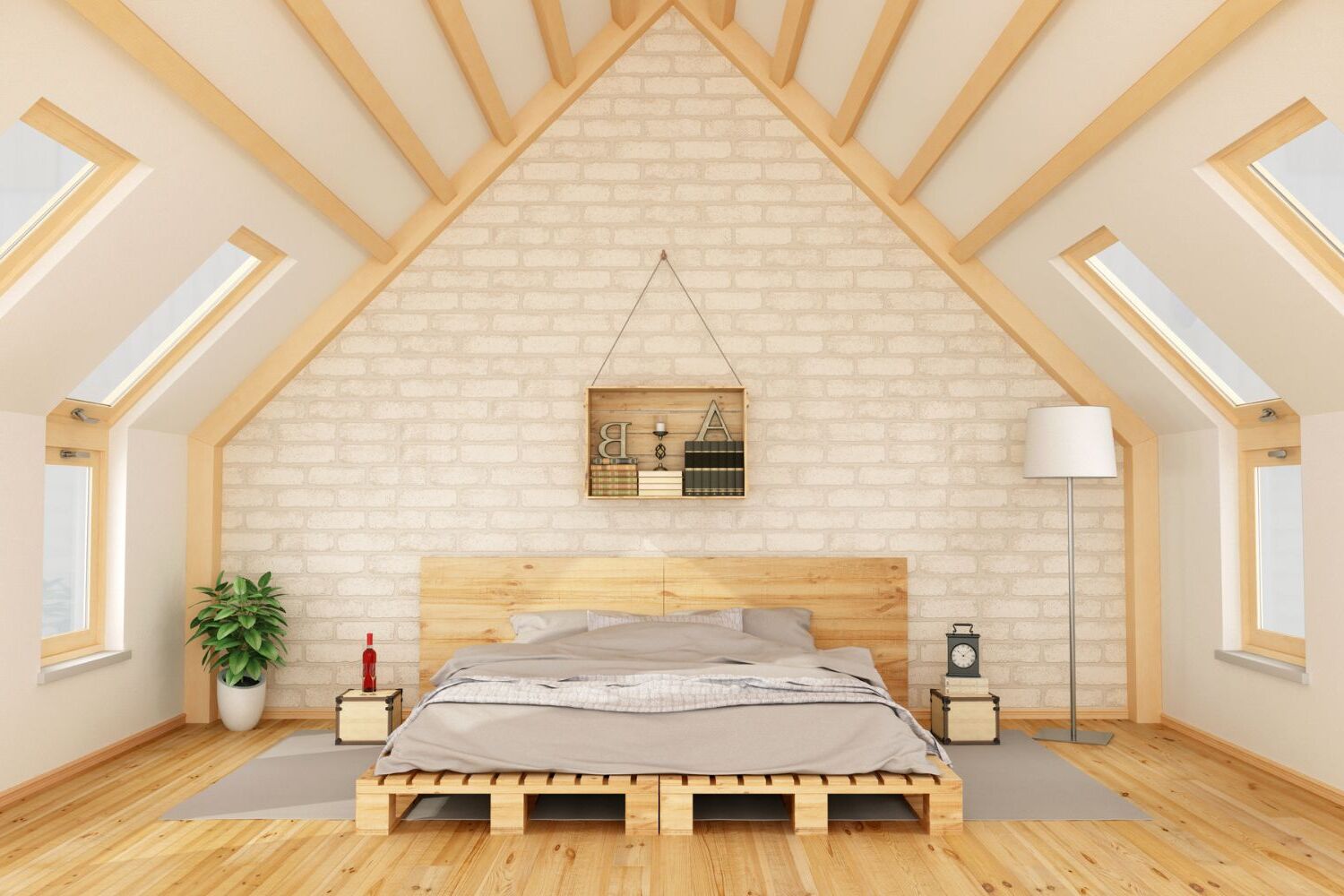
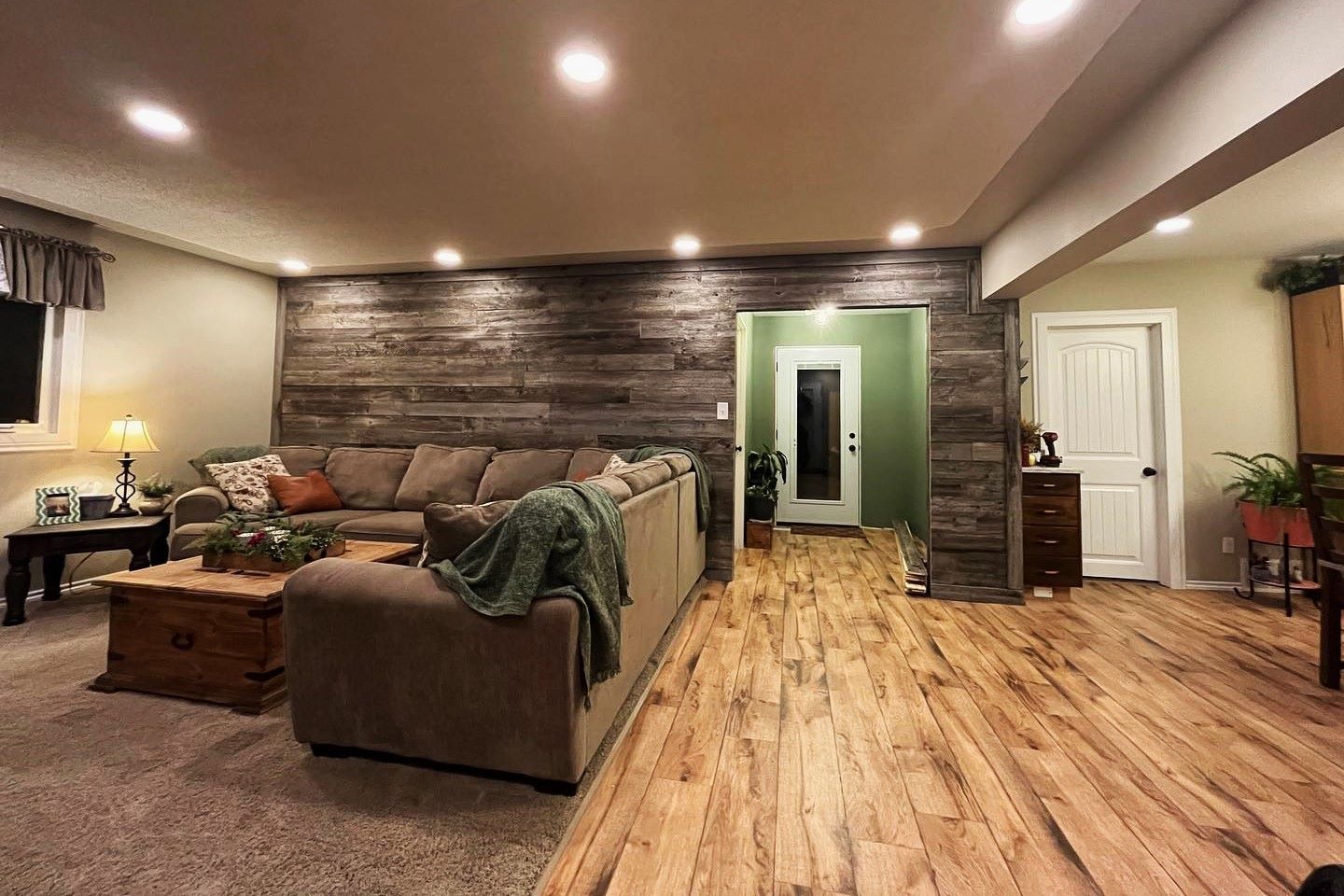



0 thoughts on “Sashya Thind Reveals Her Secrets For Creating Warm Minimalism”